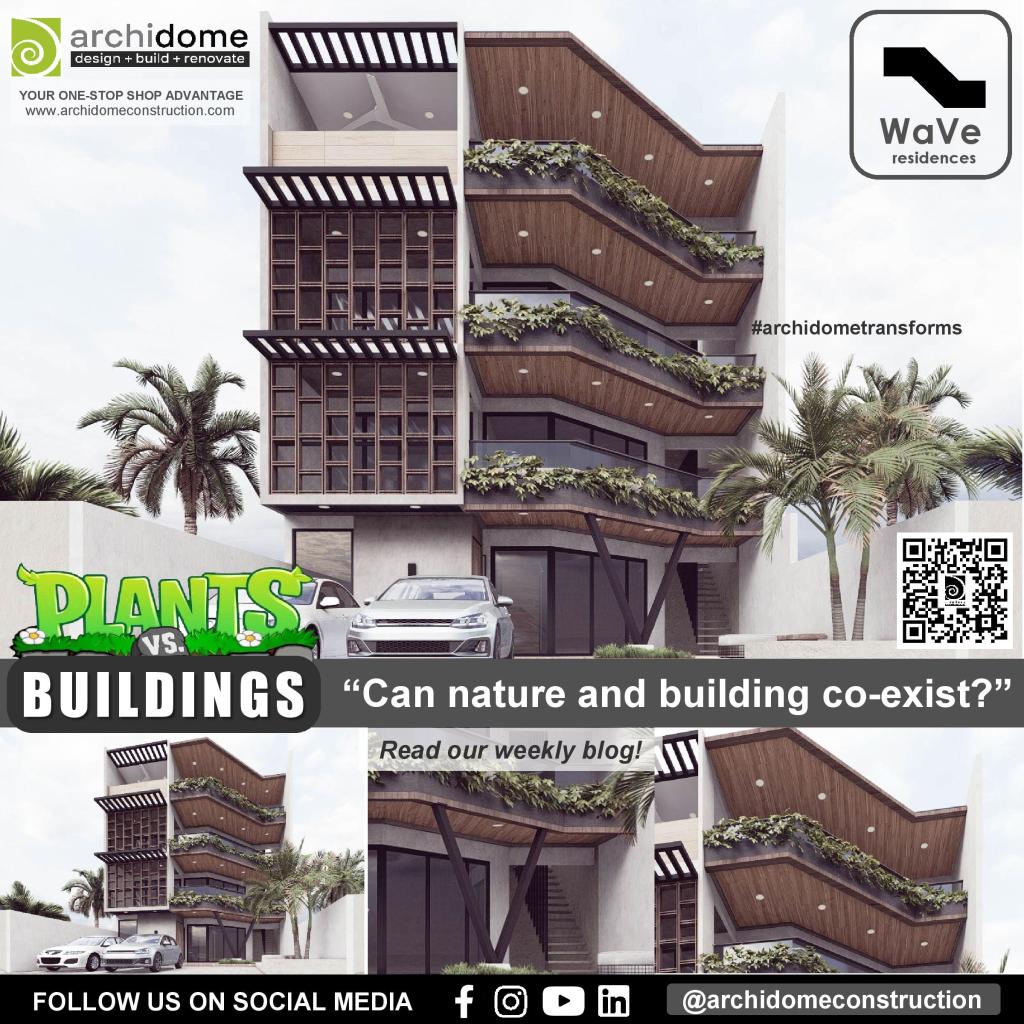Weekly Blog 0009
Plants vs. Buildings : Can nature and buildings co-exist?

The COVID pandemic was a game-changer and caused a turning point where most people, due to lockdowns and restrictions, have adapted or are currently in a transition to embrace digitalization. This is an immense impact and accelerated digital culture globally.
Across all industries, unprecedented technological advancement created broader opportunities for efficiency, creativity, and innovation. It was a fundamental change in the education sector, workplace, and in doing business.
Companies are in the race of introducing massive and innovative digital infrastructures. As an aftermath, businesses are preparing for the next generation of consumers, where digitalization is neither a killer differentiator nor considered a competitive advantage.
The future of technology is exciting. You will never know if a particular digital tool of today will thrive or turn into a demise. In a decade or two, it may be a continued evolution or massive revolution (maybe even a disruption).
With the rise of augmented reality, artificial intelligence, machine learning, and social and cloud platforms, I want to share my vision for the housing of the post-digital age.
Yesterday, while I was ordering in a fast-food chain, random ideas and bizarre predictions related to my profession popped into my mind like:
“Is it possible to order your future home like a customized burger from a fast-food chain?”
“Can a digital kiosk replace the architect?”
“Should we productize Filipino Affordable Housing?”
“Will Ikea-style housing sell like hot pancakes?” (I want this topic in another blog)
“Perhaps, Smart home will just be a basic requirement”
“Is it possible to clone the brain of a renowned architect and integrate it into the software?”
“Can Artificial Intelligence kill my profession?”
What if, instead of searching for a reliable architect, engineer, or contractor, a self-service kiosk or an application will let you customize your house with minimal human interaction? The designs and 3D plans are productized and will be generated based on practical data, and algorithms. It will be a seamless one-stop shop from design to construction experience. But, why not? It’s far from being impossible. I might even study the feasibility of this idea in Dynolab Project (Design and Innovation Laboratory).
In my conclusion, the AEC industry is based on the latest trends and technology; therefore, digital revolution or post-digital age should not be perceived as a threat but instead as an opportunity. It should be a useful instrument for meaningful practice and to minimize mundane tasks or processes. Let’s embrace technological advancement that contributes to achieving an inclusive, resilient, and sustainable society.

